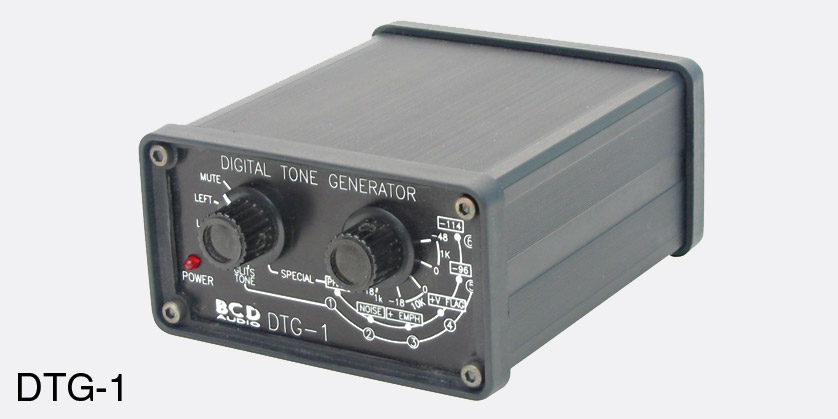
- #TONEGENERATOR TWO TONES HOW TO#
- #TONEGENERATOR TWO TONES GENERATOR#
- #TONEGENERATOR TWO TONES SERIES#
It is almost always easier to replace the entire generator. So broken or stripped gears are extremely difficult to replace.
#TONEGENERATOR TWO TONES GENERATOR#
Note that the tone generator assembly is very difficult to disassemble. The tonewheels were arranged so that the tonewheels on the same side of the drive shaft within a bin were four octaves apart. All four tonewheels in a bin turn at the same speed but have different numbers of bumps so the tonewheels in a bin are therefore harmonically related.

#TONEGENERATOR TWO TONES SERIES#
Each driving gear, its two driven gears and four tonewheels run in a compartment magnetically shielded from the others by steel plates which divide the generator into a series of bins. Cross-talk was also an issue where adjacent tonewheels would "bleed" low levels of their tone into their neighbor's signal. The bakelite (an early type of plastic) driving gears also tended to smooth out the rotation. To further smooth the rotation each brass driving gear is also mounted on coil spring couplings. The AC synchronous motor "cogs" a bit while rotating and is connected via a resilient Coil Spring coupling to the drive shaft.

The gear train, while carefully constructed, did not rotate smoothly. The X-66 model used 12 tone wheels which were used to generate the frequencies for the highest octave, with dividers being used to produce the lower octaves. X-77GT) used all 96 tonewheels for sound generation and some models (including the spinet organs and console organs produced during WW II) used less than 91 'true' tonewheels. Of the 96 tonewheels in the most popular Hammond Console Organ models ( B-3, C-3, A-100 etc.), 91 are 'true' tonewheels - being used for sound generation - with the other 5 being blank balance wheels. Depending on the model and the year it was built, Hammond tonewheel organs had different types of tone generators that differed in the number of blank tonewheels. Some were left perfectly round or "blank" and included on the tone generator solely to keep the gear train balanced. The pitches approximate even-tempered tuning, (it's done with integer math after all). The number of high spots on each tonewheel times the Gear Ratio of the driving and driven gears times the rotational speed of the motor determines the pitch produced by a particular tone wheel assembly. The drive shaft on the start motor side of the shaft also turns the scanner Vibrato. On some later models, a self-starting "Blue" synchronous run motor is the only motor. The start motor is mounted at the opposite end of the drive shaft from the synchronous run motor. In the original patent drawings, the organ is shown with a hand crank in the side of the organ to start the motor! Fortunately, all production models have included an AC induction Start Motor to start the organ. But AC synchronous motors are not inherently self-starting. At 60 Hz, the motor turns 1200 RPM or 20 times a second. Twenty-four driving gears times four driven gears times two tonewheels equals 24 x 4 x 2 = 96 tonewheels in nearly all tone generators (only the model X-66 used a tone generator with 12 tonewheels and derived the rest with frequency divider circuits).Īn AC Synchronous Motor is connected to one end of the drive shaft which can only run "locked" to a multiple of the the AC mains frequency of 50 or 60 Hz. Each tonewheel has a number of smooth, sine-shaped "bumps" or "teeth" and rotate adjacent to a Magnet and Coil assembly (very similar to an electric guitar pickup).

Each driven gear turns a small shaft on which are mounted two Tonewheels. Meshed to each driving gear on either side of the drive shaft are two Driven Gears, 4 each of 12 different numbers of teeth. The tone generator assembly consists of a drive shaft on which are mounted 24 Driving Gears, two each of 12 different numbers of teeth. button.Excerpted from the Original Hammond Leslie FaqĮach tonewheel Hammond organ has a main tone generator within it, and in some cases, depending on the model, a Chorus Generator. What I've tried so farįirst of all, I tried to call the startTone() method twice, but soon I found out that the sounds played simultaneously.
#TONEGENERATOR TWO TONES HOW TO#
OBS: I've seen some solutions for this problem using the MediaPlayer or the Ringtone class, but this question is on how to achieve this using ToneGenerator only, without using the TONE_PROP_BEEP2 or TONE_PROP_ACK tones. I wanted to play an arbitrary tone, have an arbitrary pause/delay and then play the tone again. Sometimes the sounds overlapped, other times they played faster than they should. Problem is, I didn't manage to get it quite right. I've been trying to achieve a double beep sound on an app I'm developing once a button is pressed.


 0 kommentar(er)
0 kommentar(er)
